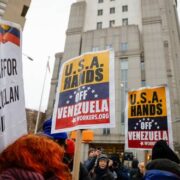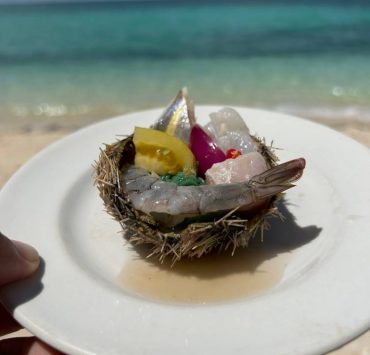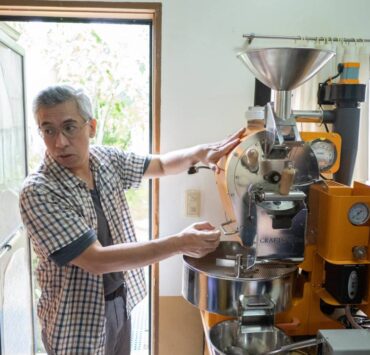Short guide to eating your way through Seoul markets
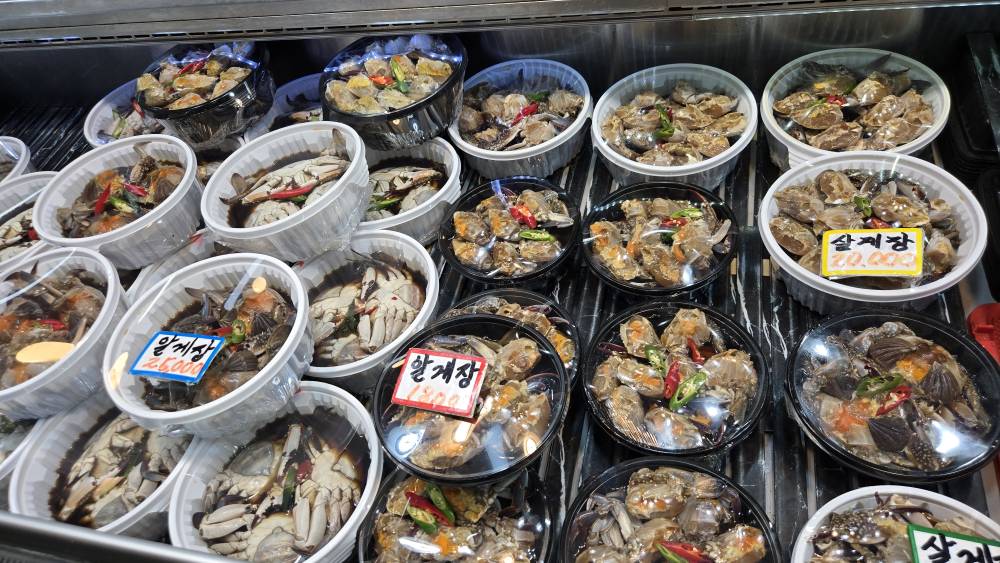
Comfort is slurping kalguksu (knife-cut noodles) even when your shirt sticks to your back with sweat. Hot food on a hot day is supposed to cool you down, but even in winter, I find myself sitting in front of my favorite stall at the Kalguksu Alley in Namdaemun Market.
Namdaemun is walking distance from Myeongdong and is known for its children’s clothes, camera stores and cheap souvenir items.
Kalguksu Alley is a minute away from Hoehyeon station Exit 5. My first time eating there was during winter. I moved a thick plastic cover to reveal a narrow alley of food stalls facing each other. They all offer the same thing—kalguksu, naengmyeon (cold noodles) and bibimbap.
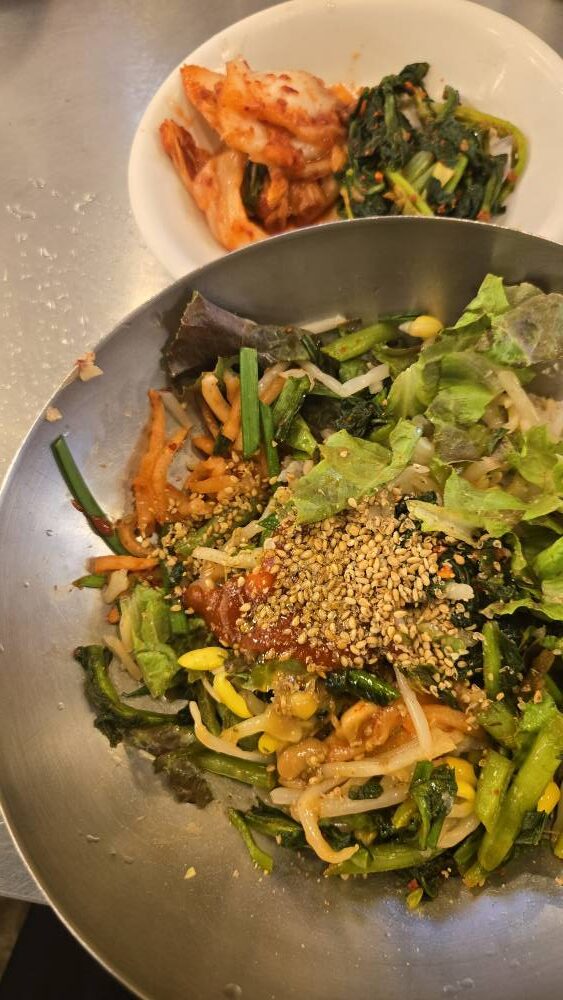
I came between peak hours so the alley was almost empty and I had all the imo (aunties) vying for my attention. They were loud and pushy but they stopped as soon as I sat down. During lunch time, it’s an elbow-to-elbow situation with mostly local diners and you’re expected to stand up as soon as you’re done. No time for dawdling during palli, palli (hurry, hurry) hour.
Varied flavors
The joy of trying bibimbap in every district is that it varies. Barley rice and soybean sprouts set the Namdaemun version apart.

The cut noodles are wide, thick and chewy. It’s handmade, therefore also uneven, and it soaks up the flavor of the broth it’s served with. The noodles are made and cooked upon order, hence it is always the last thing to arrive.
The menu items are always a combo. No matter which main you order, you’ll get two small servings of the other dishes as part of “service,” which is a term Koreans use to say it’s free. You’ll also be handed a small dish of kimchi and a communal barley tea in a water bottle. These are unlimited.
Just outside this alley is a place that serves vegetable buns that can easily stink up a room but are always worth the wait in line. There will always be a line. The soft buns stay pillowy even after a couple of days inside the ref.
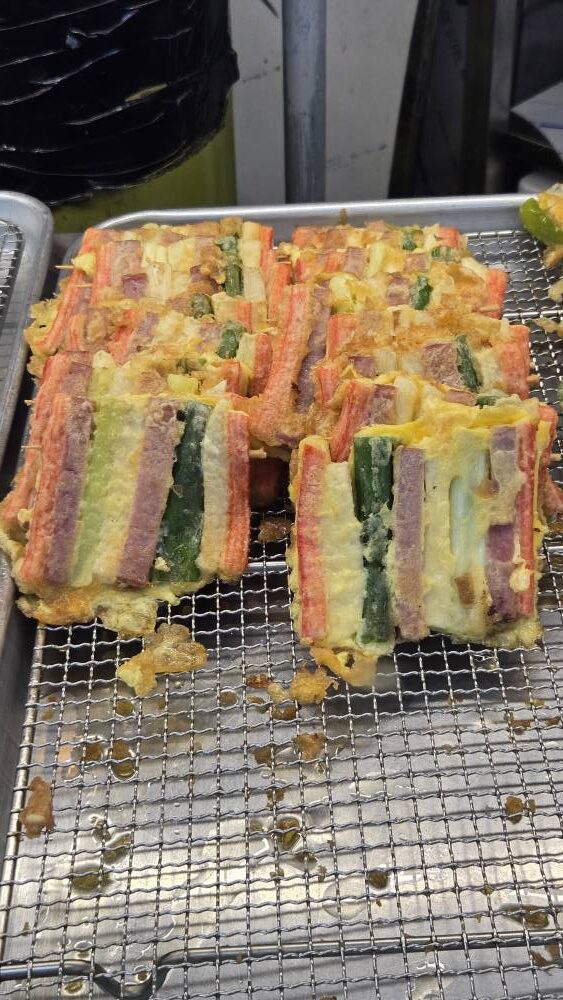
Honest fare
Food in the marketplaces is always honest. They reflect the culture and palate of each district. You can easily spot a Korean marketplace because they always have an arch at the end of the street with the name of the market in colorful, playful lettering.
Gwangjang Market is probably the most recognizable and popular overseas because of its sheer size and the number of stalls. Television shows have featured this market several times, and it’s a favorite among vloggers. “Street Food Asia” has given a global platform to one of the kalguksu sellers inviting foreigners to the area. The market is also known for gimbap and jeon (pancakes).
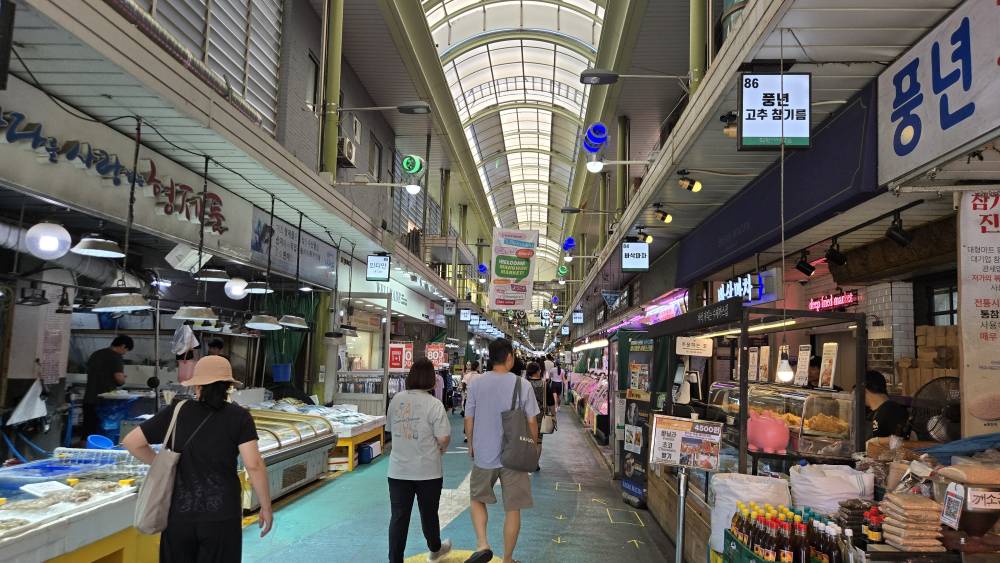
Last year, some stalls were shut down after reports emerged of foreigners being scammed. This has been its downside of late. Foodies would flock to the area, only to be disappointed by the portions or the quality.
It’s still one of the places to go for first-time visitors. But make sure to compare the food at other markets next time.
One reason to go to Gwangjang is that it’s near Cheonggyecheon Stream. It’s nice to walk off a full stomach.
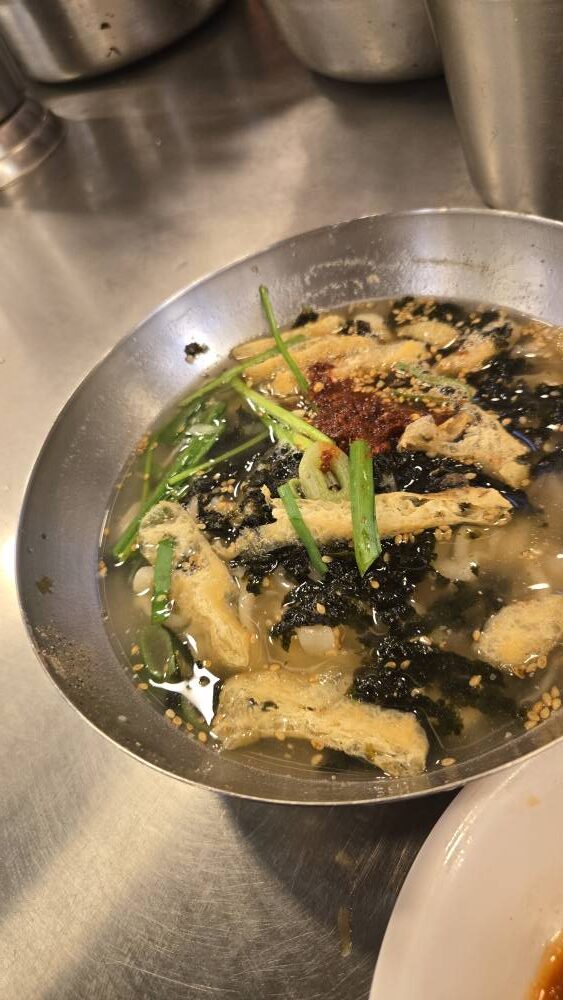
Myeongdong is one of the top destinations for foodies, but I’ve always found Myeongdong to be on the expensive side. What you’ll spend on street food is comparable to having a sit-down dinner in one of the barbecue places in the area. Plan wisely.
Tongin Market is very small compared to Gwangjang, but it has its own gimmick. You can exchange your cash for Joseon Dynasty coins to build your dosirak (lunch box). If you run out of coins, modern-day currency is accepted, too.
This market specializes in oil tteokbokki, and it has not disappointed every time I visit. Everything is fried to order, including the hotteok (pancake with sweet filling). It’s the market you have to go to on your Gyeongbokgung Palace-Bukchon Hanok Village day.
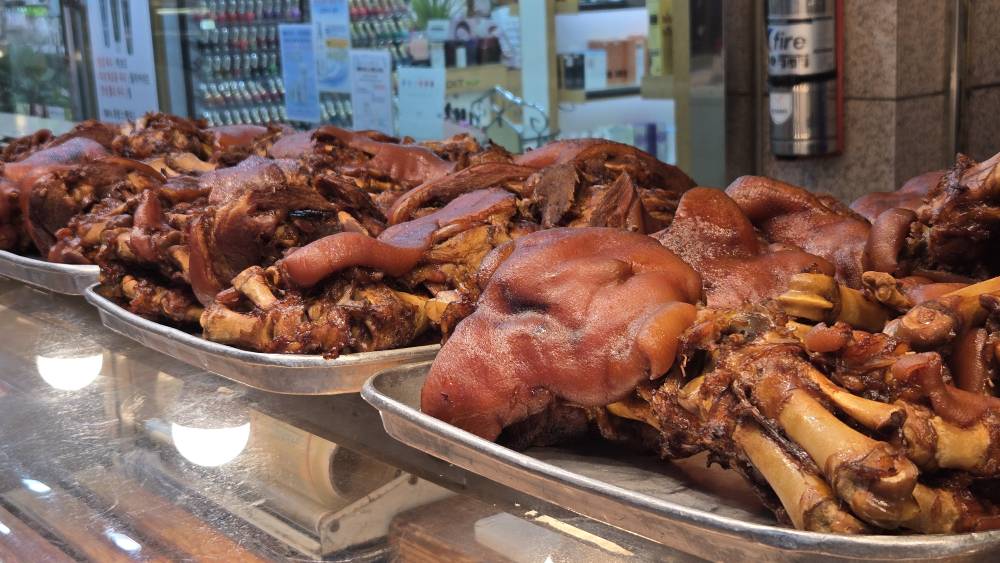
Unlimited rides
A recent introduction for the convenience of tourists is the Climate Card. It gives you unlimited rides on Seoul-based subway lines and transit buses during your indicated stay. The card is only available in Seoul and can be loaded at the subway stations.
Climate Cards give you power—the power to get lost, get off at the wrong station, walk around to check if there are markets nearby and get on the subway again. This was how I discovered Dunchon market.
I was headed to Olympic Park Station but when I saw girls who were in their concert outfits getting off the train one station early, I followed them. It turned out they were going to eat their lunch at this station.
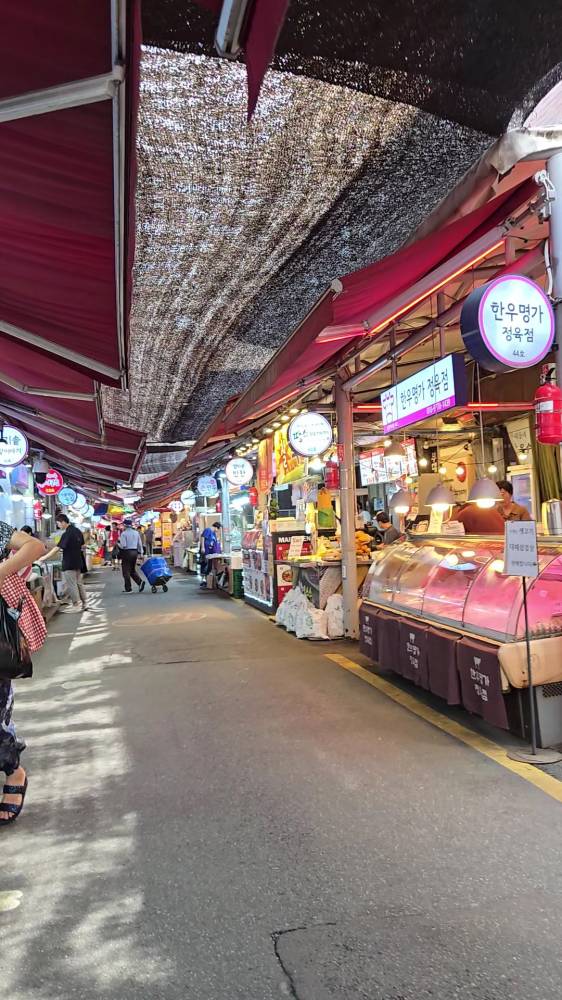
Dunchon has a few restaurants serving local dishes, including bibimbap. There were also so many variations of rice cakes and snacks available. But I decided to have my lunch at the stall that serves jeonbokjuk (abalone porridge).
Abalone
Abalone is a prized ingredient in Korea, and this was the first time I saw the country’s version of lugaw being sold in a market. It was very similar to our arroz caldo, but with a thicker consistency and seafood flavor.
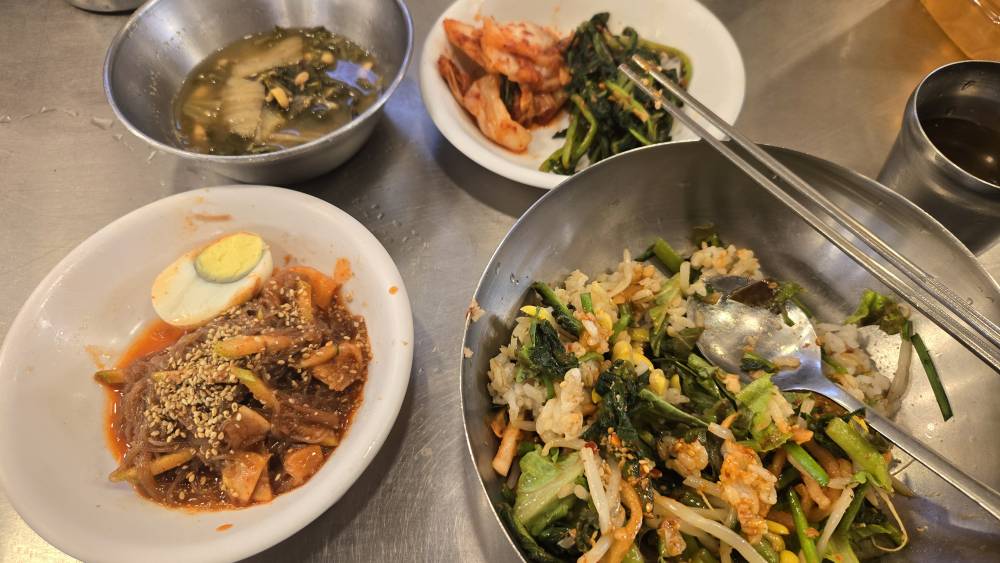
I went to Mangwon Market for tteokgalbi. They are meatballs fried and served with what I think is garlic sauce. One order worth P300 gets you two pieces, which is a hefty serving. There’s a hint of wasabi in the meat, which adds a nice kick.
Mangwon is gaining popularity because it is seen as an alternative to Gwangjang. There’s jokbal (braised pork trotter), jeon, chicken pops and even homemade candies. It’s also a seafood market, so there are plates of sashimi for sale.
A restaurant serving stuffed peppers is very popular among influencers, but it was impossible to get a seat inside. There’s a bakery that the locals lined up for and it was surrounded by shops selling fish cakes and tteokbokki. I do like that you can find sotteok sotteok (sausage-rice cake skewers) in this area, which tells me that young people visit.
But what I brought back with me to the hotel was a pack of freshly made spicy gejang (raw marinated crab). I was traveling solo and I found a shop that allowed me to buy just half a crab to satisfy my craving.
Don’t skip the sikhye (rice punch) when you’re exploring. There’s a difference in flavor between canned versions and the homemade one. It’s sweet and refreshing and can energize you while traveling.






